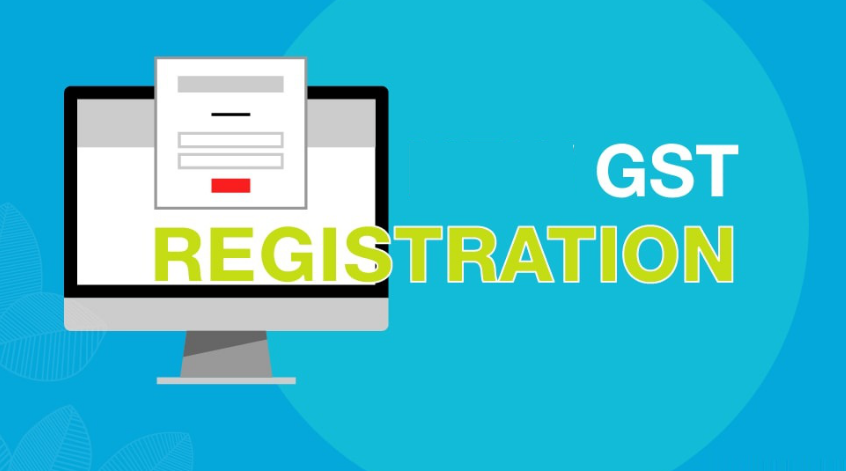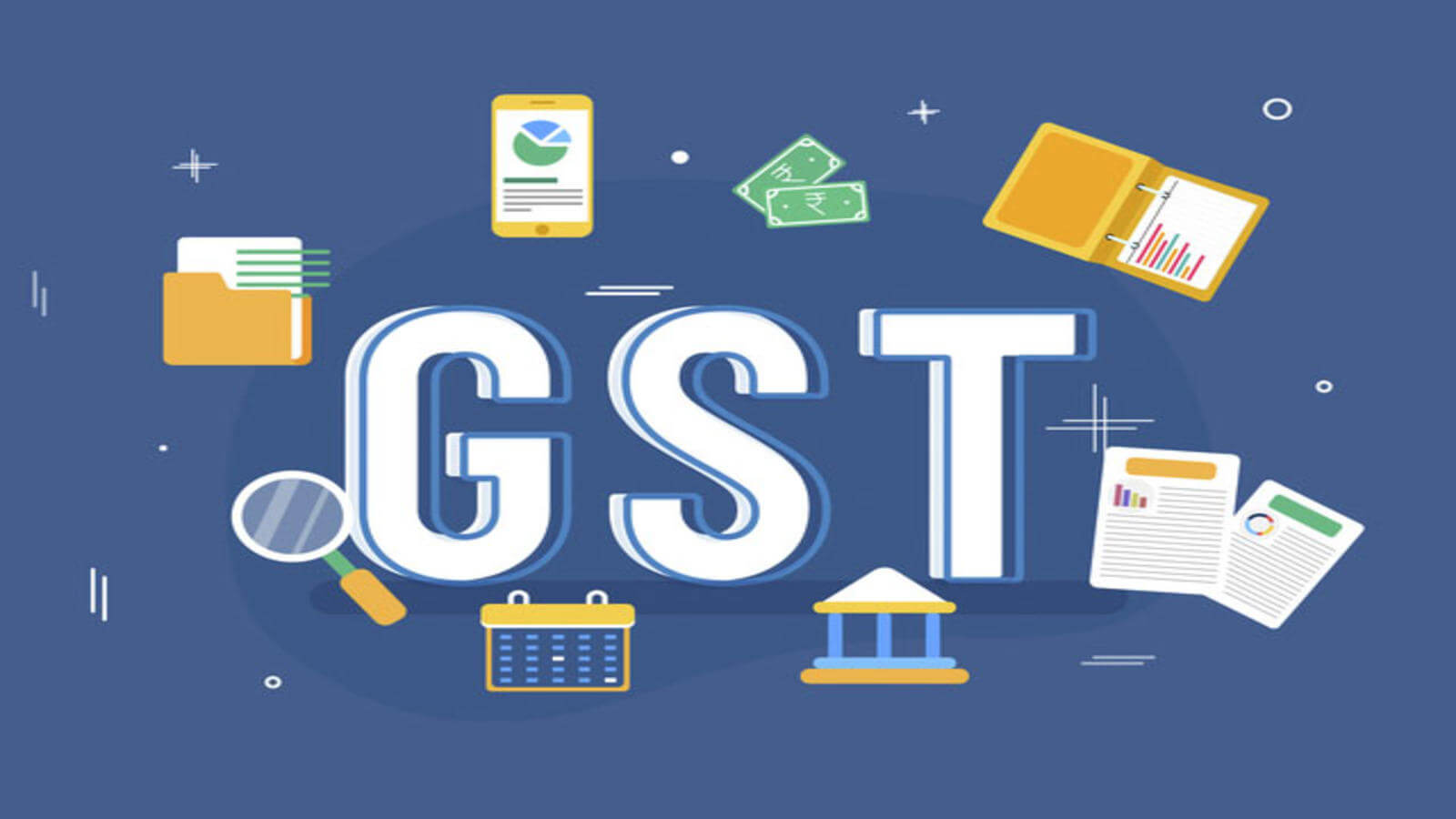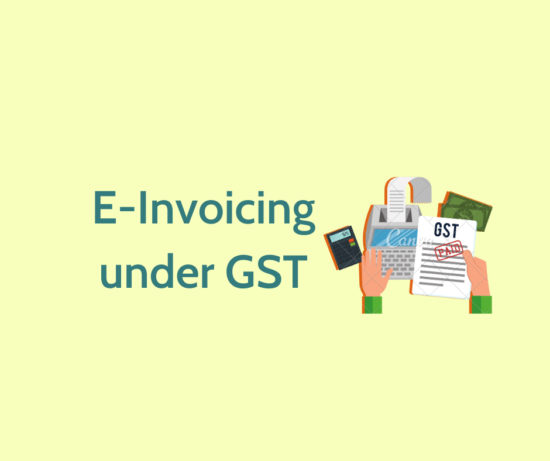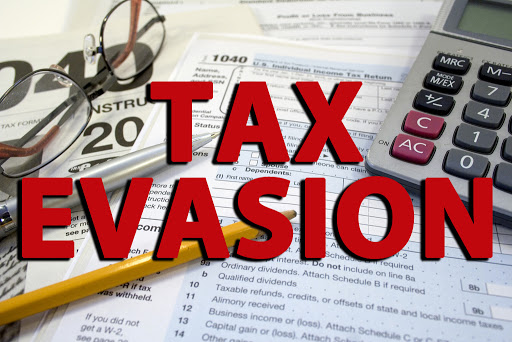Registration under GST in first and most important step in regard to compliance with GST law. As per GST law only a GST registered person can charge GST and issue a tax invoice. Further input tax credit can also be availed only by a registered person.
Who are required to obtain GST Registration?
The major situations wherein GST Registration must be obtained are as under:
- Businesses who have aggregate turnover that exceeds Rs.40 lakh / Rs 20 lakhs / Rs 10 lakhs. For further details in this regard please click here
- Persons who pay tax under the reverse charge mechanism. For details please click here
- Non-Resident Taxable Person and Casual Taxable Person i.e. persons who occasionally undertakes transactions of supply of goods or services but does not have fixed place of business in that State / India.
- All e-commerce operators like Amazon, Flipcart.
- Input service distributors and agents of a supplier.
- Persons who supply goods through an e-commerce operator.
- Supplier of Online Information Database Access and Retrieval services (OIDARs) from place outside India to unregistered person in India. E.g. Cloud services / music downloads provided by foreign entities to Indian resident (who are not GST registered).
Even if a person is not required to obtain GST registration, he can obtain such registration on voluntary basis.
Types of GST Registration
The following details the types of GST registration:
a) Normal Taxpayer
This is normal category of obtaining GST registration wherein normal GST procedures including GST rate is applicable. Also no pre-deposit of tax is required in such cases and registration comes with unlimited validity unless cancelled by the tax payer or by Department.
b) Composition Taxpayer
In order to provide compliance relief to small tax payers Composition Scheme is available which can be opted by supplier of goods having turnover upto Rs 1.50 Crore or supplier of services having turnover upto Rs 50 lakhs. Concessional rate of tax is applicable on supplies by such persons and such tax need to be paid by them (not to be charged from customer). Further they are not entitled to ITC. They need to deposit GST on quarterly basis.
c) Casual Taxable Person
The category non-resident taxable person applies to persons located in other State, who occasionally comes to other State in any exhibition etc and supplies goods or services to residents of other State without having any fixed place of business in that State. To register as a casual taxable person, the taxpayer shall pay a deposit equal to the amount of GST liability. The liability should match the active registration periods. The registration remains active for a period of 3 months.
d) Non-Resident Taxable Person
The category non-resident taxable person applies to persons located outside of India, who occasionally comes to India in any exhibition etc and supplies goods or services to residents in India without having any fixed place of business in India. To register as a non resident taxable person, the taxpayer shall pay a deposit equal to the amount of GST liability. The liability should match the active registration periods. The registration remains active for a period of 3 months.
Aadhaar authentication for new GST registrations active from 21 August
For the new Goods and Services Tax (GST) registration, authentication by Aadhaar has been enabled from 21 August 2020. This mode of authentication removes the need for physical verification and the new GST registration will be issued within 3 working days of verification. This aims to streamline and expedite the process.
However, those who still opt for other modes of verification will get the GST registration only after 21 days as physical verification of the business premises or verification of document has to be completed first. It will also increase genuine taxpayers while eliminating any fraudulent or fake entities.
For physical verification of business premises, additional documents, instead of the pre-registration, may be sought by the officer in view of the Covid-19 pandemic. This feature can be availed by all Indian citizens. The entities who are not required to do this are the following: non-resident taxpayers, taxpayers who have a Unique Identification Number (UIN), tax collectors, tax deductors, etc. It is also not required for Online Information Database Access and Retrieval services (OIDARs). However, in both cases, the concerned officer has to complete the process within the specified timeframe of 3 working days for Aadhaar authentication cases and 21 days for non-Aadhaar authentication cases.
Documents Required for GST Registration
The following is the list of documents required for obtaining GST registration:
| Proof of Constitution of Business (Any One) | Certificate of Incorporation |
| Passport size photo of the applicant | Passport size photo of Promoter/Partner |
| Photo of the Authorised Signatory | Photo |
| Proof of Appointment of Authorised Signatory (Any One) | Letter of Authorisation |
| Copy of Resolution passed by BoD/ Managing Committee and Acceptance letter | |
| Proof of Principal Place of business (Any One) | Electricity Bill |
| Legal ownership document | |
| Municipal Khata Copy | |
| Property Tax Receipt |
Penalty for not registering under GST
An offender not paying tax or making short payments (genuine errors) has to pay a penalty of 10% of the tax amount due subject to a minimum of Rs.10,000.
The penalty will at 100% of the tax amount due when the offender has deliberately evaded paying taxes.
Further the person who is required to take GST registration but has not taken it would be liable to pay GST on his supplies , but he cannot avail any input tax credit as under GST law such credit can be availed only by a registered person.
GST Registration Procedure
The MoF simplified the GST registration procedure online. The applicant can process the GST registration procedure through the GST Portal. After submission of the application, the portal generates GST ARN immediately. Using the GST ARN, the applicant can check the application status and post queries if necessary.
In case Aadhaar authentication is opted for ARN will be generated after successful completion of Aadhaar authentication of all Promoters / partners / authorized signatories.
Step by step guide for getting GST registration online:
Here is a step-by-step guide on how to complete registration process online on the GST Portal:
Step 1: Starting the process:
Go to GST portal. Click on Services. Then, click on ‘Registration’ tab and thereafter, select ‘New Registration’.

Step 2: Filling in details in Part A:
Enter the following details in Part A –
The new GST registration page is displayed. Select the New Registration option. If the GST registration application remains uncompleted, the applicant shall continue filling the application using TRN number.
- Select the Taxpayer type from the options provided.
- Choose the state as per the requirement.
- Enter the legal name of the business/entity, as mentioned in the PAN database. As the portal verifies the PAN automatically, the applicant should provide details as mentioned in the card.
- In the Permanent Account Number (PAN) field, enter PAN of the business or PAN of the Proprietor. GST registration is linked to PAN. Hence, in the case of a company or LLP, enter the PAN of the company or LLP.
- Key in the Email Address and Mobile Number. The registered email id and mobile number will receive the OTPs.
- Click the PROCEED button.

Step 3 – OTP Verification
Enter the two OTPs received on the email and mobile. Click on Continue. If you have not received the OTP click on Resend OTP.
Step 4: TRN Generated
You will receive the 15-digit Temporary Reference Number (TRN) now. This will also be sent to your email and mobile. Note down the TRN. You need to complete filling the part-B details within the next 15 days.

SEE VIDEO ON FILLING OF PART A:
Step 5: Log in with TRN
Upon receiving TRN, the applicant shall begin the GST registration procedure. In the Temporary Reference Number (TRN) field on the GST Portal, enter the TRN generated and enter the captcha text as shown on the screen.

Step 6: Verify OTP
You will receive an OTP on the registered mobile and email. Enter the OTP and click on Proceed
Step 7: Edit Application
You will see that the status of the application is shown as drafts. Click on Edit Icon.

After clicking of edit icon, Part B of the application form will open which has 8 sections. You need to fill in all the details and submit appropriate documents. Recently, aadhaar authentication section was added and the bank account section was made non-mandatory.
Further the State Specific information is an optional field, which may be filled if you are already registered under GST Law. Also Authorised representatives are not mandatory. If you do not wish to add, you can simply click on SAVE & CONTINUE and move on to the next section
Here is the list of documents you need to keep handy while applying for GST registration:
- Photographs
- Constitution of the taxpayer
- Proof for the place of business
- Verification and aadhaar authentication, if chosen
Step 8: Submit Business Details
In the first tab, business details must be submitted as under:
- In the Trade Name field, enter the trade name of the business.
- Input the Constitution of the Business from the drop-down list.
- Enter the District and Sector/ Circle / Ward / Charge/ Unit from the drop-down list.
- In the Commissionerate Code, Division Code and Range Code drop-down list, select the appropriate choice.
- Opt for the Composition Scheme, if necessary
- Input the date of commencement of business.
- Select the Date on which liability to register arises. This is the day the business crossed the aggregate turnover threshold for GST registration. Taxpayers are required to file the application for new GST registration within 30 days from the date on which the liability to register arises.

Step 9: Submit Promoter Information
In the next tab, provide promoters and directors information. In case of proprietorship, the proprietors’ information must be submitted. Details of up to 10 Promoters or Partners can be submitted in a GST registration application.
The following details must be submitted for the promoters:
- Personal details of the stakeholder like name, date of birth, address, mobile number, email address and gender.
- Designation of the promoter.
- DIN of the Promoter, only for the following types of applicants:
- Private Limited Company
- Public Limited Company
- Public Sector Undertaking
- Unlimited Company
- Foreign Company registered in India
- Details of citizenship
- PAN & Aadhaar
- Residential address
In case the applicant provides Aadhaar, the applicant can use Aadhaar e-sign for filing GST returns instead of a digital signature.

Step 10: Submit Authorized Signatory Information
An authorised signatory is a person nominated by the promoters of the company. The nominated person shall hold responsibility for filing GST returns of the company. Further, the person shall also maintain the necessary compliance of the company. The authorised signatory will have full access to the GST Portal. The person shall undertake a wide range of transactions on behalf of the promoters. This is an optional tab.
Step 11: Principal Place of Business
In this section, the applicant shall provide the details of the principal place of business. The Principal Place of Business acts as the primary location within the State where the taxpayer operates the business. It generally addresses the books of accounts and records. Hence, in the case of a company or LLP, the principal place of business shall be the registered office.
For the principal place of business enter the following:
- Address of the principal place of business.
- Official contact such as Email address, telephone number (with STD Code), mobile number field and fax number (with STD Code).
- Nature of possession of the premises.
If the principal place of business located in SEZ or the applicant acts as SEZ developer, necessary documents/certificates issued by Government of India are required to be uploaded by choosing ‘Others’ value in Nature of possession of premises drop-down and upload the document.
In this section, upload documents to provide proof of ownership or occupancy of the property as follows:
- Own premises – Any document in support of the ownership of the premises like Latest Property Tax Receipt or Municipal Khata copy or copy of Electricity Bill.
- Rented or Leased premises – A copy of the valid Rent / Lease Agreement with any document in support of the ownership of the premises of the Lessor like Latest Property Tax Receipt or Municipal Khata copy or copy of Electricity Bill.
- Premises not covered above – A copy of the Consent Letter with any document in support of the ownership of the premises of the Consenter like Municipal Khata copy or Electricity Bill copy. For shared properties also, the same documents may be uploaded.

Step 11: Additional Place of Business
Upon having an additional place of business, enter details of the property in this tab. For instance, if the applicant is a seller on Flipkart or other e-commerce portal and uses the seller’s warehouse, that location can be added as an additional place of business.
This is an optional tab and is to be filled in if such additional place of business exists.
Step 12: Details of Goods and Services
In this section, the taxpayer must provide details of the top 5 goods and services supplied by the applicant. For goods supplied, provide the HSN code and for services, provide SAC code.
Click here to find HSN code and SAC code.

Step 13: Aadhaar Authentication:
The applicants can chose Aadhaar authentication of Promoters / Partners , Authorized signatories in Aadhaar authentication tab. If you select “YES” the authentication link shall be shared on the mobile number and e-mail IDs of Promoters / Partners , Authorized signatories.
ARN of the application shall be generated once Aadhaar authentication of Promoters / Partners, Authorized Signatories are completed.

SEE VIDEO ON AADHAAR AUTHENTICATION:
Step 14: Verification of Application
Once all the details are filled in go to the Verification page. Tick on the declaration and submit the application using any of the following ways –
- Companies and LLPs must submit application using DSC
- Using e-Sign – OTP will be sent to Aadhaar registered number
- Using EVC – OTP will be sent to the registered mobile

Step 15: Success filing message / ARN Generated:
A message is displayed on successful application and Application Reference Number(ARN) is sent to registered email and mobile. Note that if the authorized signatory chose to go for Aadhaar authentication, then physical verification of premise or site will not be required to be done by the officer, except is specific cases. In such cases, the ARN will be generated only after Aadhaar authentication of all the is complete.

You can check the ARN status for your registration by entering the ARN in GST Portal.
In cases Aadhaar authentication has not been opted for GST registration will be issued post physical verification of premises within 21 days.
SEE VIDEO ON COMPLETION OF PART-B*
Video is without content on aadhaar authentication. Also discussion on filling in bank details in the video be ignored.
Step 16: Complete Aadhaar Authentication:
In case you have opted for Aadhaar authentication, the Promoters / Partners , Authorized signatories will get a e-mail containing hyperlink for Aadhaar authentication as under:

When you click on “Click here” in above email following window will open wherein you will give consent and enter the Aadhaar Number. Upon clicking Validate Aadhaar Number, you will get an OTP which you need to fill to validate the OTP. After validation of OTP you will get a success pop up.

Upon Aadhaar authentication of all Promoters / Partners , Authorized signatories, ARN will be generated and status of application can be seen in Dashboard at “My Saved Applications”.
In may be noted here that upon successful authentication of Aadhaar, GSTIN will be issued within 3 working days without any physical verification of the premises.
We hope that GST registration process should have been made clear by above deliberations. If you like the article do give your comments below. Further in case of any doubt please mail us to clearmytax.in@gmail.com. Our expert team will resolve your issue.
***
Subscribe to our newsletter from FREE to stay updated on GST Law
[rainbow]Don’t miss the next GST Update / Article / Judicial pronouncement[/rainbow]
Resolve your GST queries from national level experts on GST free of cost.
Frah Saeed is a law graduate specializing in the core field of indirect taxes and is the Co-founder of taxwallah.com. She has authored many publications on GST and is into full-time consultancy on GST to big corporates. She as a part of taxwallah.com heads a team comprising of Chartered Accountants and Advocates and plays a key role in our mission to disseminate GST knowledge to all.




